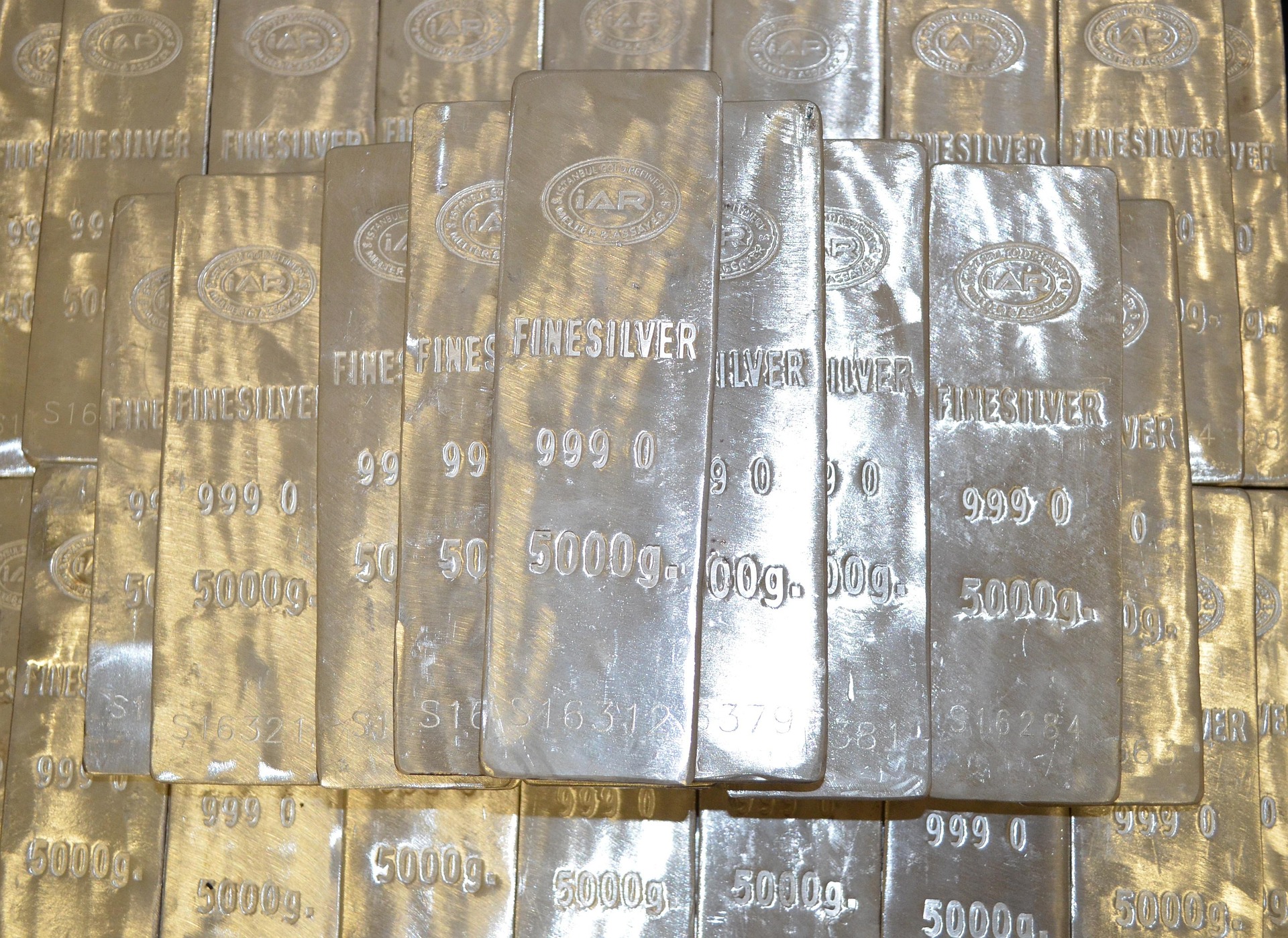The U.S. government has taken a decisive step in redefining its resource security strategy by proposing the addition of silver to its list of critical minerals. This move underscores the growing recognition of silver’s importance, not only as a precious metal but also as a vital industrial input that underpins modern economies.
For decades, silver has been viewed primarily through the lens of investment, jewelry, and currency. However, its role in electronics, renewable energy infrastructure, and advanced manufacturing is increasingly impossible to ignore. The proposal to elevate silver’s status reflects Washington’s broader objective: to reduce foreign supply dependencies and shield national security from vulnerabilities that arise when essential materials are concentrated in a single region.
Why Silver Matters Beyond Bullion
Silver is unique in straddling two worlds—finance and industry. While gold is hoarded, silver is consumed. Its exceptional electrical and thermal conductivity makes it indispensable for semiconductors, solar panels, batteries, 5G infrastructure, and medical technologies. In the clean-energy transition, demand for silver is expected to surge dramatically. The International Energy Agency (IEA) estimates that solar photovoltaics alone will account for nearly half of silver’s industrial consumption over the next two decades.
This dual role—investment asset and industrial workhorse—justifies its elevation to strategic status. As the U.S. moves deeper into electrification and green energy, securing steady silver supplies becomes a matter of both economic resilience and national security.
Supply Concerns: Spotlight on Mexico
One of the key drivers behind this proposal is the concentration risk tied to silver production. Mexico dominates the global market, producing nearly a quarter of the world’s mined silver each year. While Mexico remains a friendly neighbor, over-reliance on any single country exposes the U.S. economy to potential disruption—whether from political instability, resource nationalism, or trade frictions.
By designating silver as a critical mineral, Washington signals that diversification is a national priority. This could encourage greater investment in domestic mining projects, stimulate recycling initiatives, and expand strategic partnerships with other silver-producing nations in the Americas and beyond.
Strengthening U.S. Economic and National Security
Expanding the critical minerals list is part of a broader U.S. effort to de-risk supply chains across essential sectors. Lithium, cobalt, and rare earth elements have long dominated this conversation. Silver’s proposed inclusion widens the scope, acknowledging that vulnerabilities exist even in markets traditionally seen as stable.
For industries dependent on advanced electronics and renewable infrastructure, the benefits are clear. Greater government focus on silver could translate into tax incentives, financing support, and streamlined permitting for mining ventures. For investors, this proposal enhances silver’s profile as a strategic asset—not just a hedge against inflation, but a core pillar of America’s industrial future.
The Offshore Investment Angle
For offshore investors, silver’s new strategic designation opens opportunities. Mining companies positioned outside of the U.S. may see rising demand for partnerships, joint ventures, and cross-border financing. At the same time, silver-backed financial instruments—from ETFs to tokenized assets—could attract heightened interest as geopolitical factors amplify the metal’s significance.
Silver’s elevation is more than symbolic. It reflects a shift in U.S. thinking: the recognition that in a world defined by energy transition, technological competition, and fragile supply chains, resources once considered secondary may hold the keys to resilience and power.
At Invest Offshore, we continue to track how such shifts create unique global opportunities. Our team also highlights investment opportunities in West Africa, where the Copperbelt Region is seeking investors for strategic resource development.

Leave a Reply